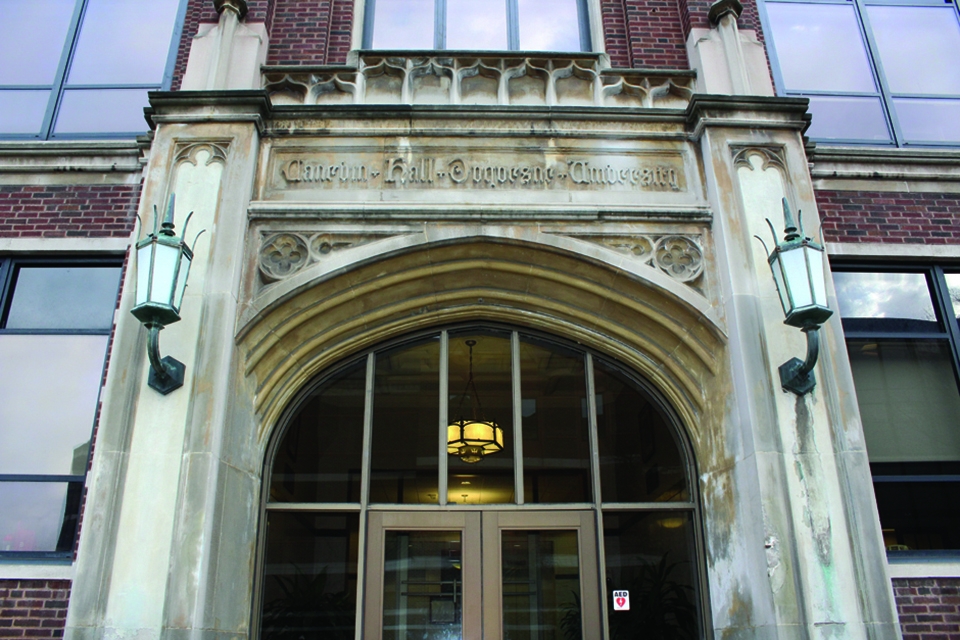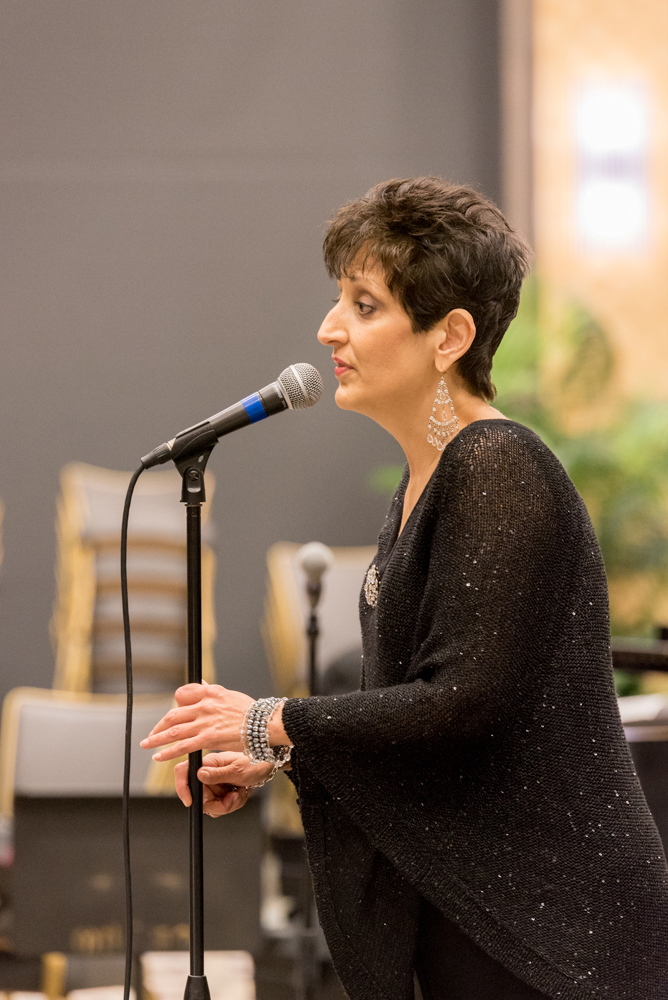By Kaye Burnet | The Duquesne Duke
A revised course evaluation system is being implemented across campus in an effort to get more input from students about their professors and classes.
Students will still be asked to fill out a questionnaire at the end of the semester for each of their classes, but the survey will be shorter and conducted through a program independent from Blackboard, according to Provost Timothy Austin.
In spring 2013, Austin’s predecessor, Ralph Pearson, decided that the SES was no longer effective and needed to be revised.
After the survey went online in 2011, the numbers of students who filled it out dropped significantly. Austin said the old survey was not generating enough response from students to be relevant.
“From my point of view, if you conduct a survey and you get 10 percent of people replying, you can’t do anything with that information,” Austin said. “The responses we did get were from students who either loved the course or absolutely hated it, but we were losing that important middle group.”
Pearson formed a committee to study the problems with the SES.
The committee used information gathered from professors and students to identify some of the problems people had with the SES, Austin said. The committee found that some students were suspicious of the survey being filled out on Blackboard because they thought a Blackboard survey would not be anonymous. Blackboard is also difficult to access on a smartphone or tablet.
When Austin took over the position of provost in fall 2013, he formed a second committee to find solutions to the low number of survey responses. Associate Provost for Academic Affairs Alexandra Gregory led the group, whose first action was to find a new program to use for the surveys.
The new program, called Blue, loads more quickly than Blackboard and reformats the survey for smartphones, tablets and computers.
Blue sends automated email messages to tell students when they can fill out their surveys. Unlike the older system, Blue will not continue to clutter up inboxes with notifications after the surveys have already been completed. “We all have enough stuff in our inbox, we don’t need more,” Austin said.
According to Gregory, the biggest challenge faced by the revision committee was finding ways to streamline the survey.
“The faculty committee had to decide how much to shorten the SES while still asking meaningful questions,” she said.
Austin said that another big issue with the old survey was that it asked several questions the University already had information about, such as student’s age, gender and major.
“If I am a student filling out this form, I think, ‘Why are you asking me questions to which you already know the answer? That’s a waste of my time,’” Austin said. “So my first instruction to the revisers was, ‘Guys, go though, and if we already have the information, cut the question.’”
The new surveys are already being tested by some pharmacy classes with multiple professors, so Austin is awaiting a calculation of the results.
“I think students are largely unaware of what goes on behind the scenes and what we do with these surveys. One of my jobs as provost is, every year, to look at the faculty who want to be promoted and those who want to be given academic tenure,” Austin said. “I looked at fifty cases this year, and those SES forms are a really important piece of that.”
SES forms are also used by professors to change their teaching style or course design, according to Austin.
Some professors are going too far to encourage SES responses, Austin said. In the past, instructors have encouraged students to fill out the forms by offering bonus points. Austin said he hopes to put a stop to this.
“That actually makes the responses and the grade less reliable. The grade should be for academic work… and the survey shouldn’t be shaded by whether or not you think you’re getting something good out of it, it should be your honest opinion,” Austin said.
Austin said the biggest motivation for students should be the knowledge that they are improving the University as a whole.
“At some level, we all have to be willing to take a bit of time to follow up on things that we’ve experienced so that the next person who comes along gets a better experience,” Austin said.




